So you’ve decided to start a handmade business, now you need to decide how and where you will sell your goods. There are many different options and navigating them can be a little tricky if you are new to selling handmade.
Here are some (definitely not all) of your options:
~ Etsy
~ Big Cartel
~ Ebay
~ Your Own Blog
~ Your Own Website
~ Wholesale (to stores)
~ Wholesale (through wholesale distributors)
~ Consignment
~ Craft Fairs and/or Art Fairs
That’s a lot of options, right? Yes, it is, but you have to start somewhere. You don’t need to sell through all these different avenues, but it’s a good idea to sit down and ask yourself, ‘where do I see my business in five years?’. The answer to this question will help direct you on the path you should take in regards to how and where to sell your goods.
Etsy: I’m sure most of you are familiar with Etsy.com, but if not, Etsy is an online handmade market place. You can set up your own store on Etsy and people who visit Etsy.com have the possibility of finding your shop through keywords when they are searching for specific items.
Etsy.com is a great option for those starting out with a handmade business. Why? Because Etsy brings the customers to you. You do not have to have a customer base that you have built yourself. People who visit Etsy are looking for specific handmade items and if they like what they see, they can become your customer. On the back end, Etsy is very user-friendly and makes it very easy to get your listings onto the site. However, they do not offer much shop customization, so aside from your products and Etsy Banner (the logo at the top of the page), your site will look a lot like others selling on Etsy.
Etsy can be a little difficult in the sense that there are A LOT of sellers, so if you don’t make yourself stand out then you can get lost in the crowd. Having a definite style, great pictures and being priced right are several ways to stand out, but there are tons more that we can talk about at length on another day. Etsy charges 20 cents per item that you list and a 3.5% fee per transaction which can really add up if you are doing large volume sales. Plus, let’s not forget the 3.5% fee that we are paying to Paypal.
Etsy has a great system for customer reviews. Customers can leave feedback and comments about your products and services. This can encourage new customers to feel confident about buying from you if they have never been to your shop before. It’s a way to establish some credibility for a new, handmade business.
Personally, I have my shop on Etsy.com and I think it has done wonders for my business! I am getting to the point that I may start a stand alone website to accommodate wholesale orders and not pay the 3.5% transaction fee through Etsy. But I will only make that leap once I feel the majority of sales I am receiving are mainly driven through me and not through Etsy and I’m just not there yet.
Big Cartel: Big Cartel is a great option for a handmade business that already has a fan base and is doing a medium volume business. Big Cartel charges a monthly fee rather than a transaction fee per sale. There are different plans on Big Cartel based on the number of items that you would like to list. You can list five items for free and then the monthly fees start after you list more than five items. Many businesses start off on Etsy.com and then make the switch to Big Cartel once they have a loyal fan base. You can also have your shops listed on both, if you so choose.
Big Cartel has a lot of customization options and you can really make your site look like a unique website, but you will need to know some web design or hire someone to make it look they way you would like it. I’ve seen a lot of folks gravitating towards Big Cartel due to the low monthly fees and easy customization. Definitely a site to check out. Click HERE to visit Big Cartel.
Ebay: Ebay can be a great way to sell your products if you like the auction type feel or if you would like to reach a large audience. You can set up a shop on ebay or just list individual items. Ebay has a rating system so you can obtain a great reviews from customers and build confidence in other buyers who might purchase from you based on those reviews. I don’t have much experience with Ebay, so I won’t go into too much detail on this one. Click HERE to visit Ebay.
Your Own Blog: You can add a page within your blog where you have products listed. Paypal makes it very easy to create a ‘Buy’ button and code that you can install on your blog. If you are selling patterns or a product that is not going to change too often, this is a great option. Again, you will still have to pay the 3.5% transaction fee through Paypal, but you avoid the Etsy Fees and/or Big Cartel Fees.
Your Own Website: Having your own website can be pretty expensive, but once you have established your customer base, it’s a great option. The beauty of having your own website is that it can be whatever you want it to be and look just the way you want. The drawback is that you will need to shell out some pretty big bucks initially for a designer and several other things that go with running your own stand-alone website.
Also, you will be driving all of your own traffic to this site. Granted, you can have your designer work on some search engine optimization (SEO) to have your site pop up earlier in Google searches, but there is only so much they can do. Some of the bigger sites like Etsy.com have lots of money funding SEO and that helps your shop appear higher in the searches.
Once you are doing larger volume business, having shopping cart software installed on your own site can really save you a lot of money in fees. Yes, you will be paying monthly fees to have this option, but it’s usually not based on number of transactions. If you are doing a large enough volume that your Paypal fees are exceeding what the monthly fee of having your own shopping cart / e-commerce software would cost, then it’s probably time to start thinking about your own website.
Generally wholesale orders bring a decent volume of orders because you set a minimum ordering requirement, so you aren’t just sending them one or two pieces, you are sending them a larger quantity. What minimums you set are kind of up to you or you might pick the brains of some other individuals in your same handmade business to see where they set their minimums.
Wholesale (through wholesale distributors): Selling through distributors is a great avenue to explore if the numbers all work out. Why? Well, selling through a distributor means that they are selling on your behalf, usually across the country or internationally and you just sit and wait for the orders to come in. They place very large volume orders, you ship to their warehouses and then they ship out to the different stores that are carrying your product. And let me tell you…….shipping to stores yourself takes a lot more time than you would think!
Sounds nice, right? Well, there’s a catch……..generally distributors expect a 25%-30% discount off of the wholesale price. For example, if you were selling a dress for $40.00 (retail), then the wholesale price would be $20.00, which means your wholesale distributor cost is $15.00 (25% off wholesale). That means you need to be profiting off of that dress under $15.00. If you want to be making a 50% profit margin, that means that dress needs to cost no more than $7.50 (including time, materials, ect.) to make.
There are certain products that will be worth selling through distributors and others that aren’t. Another advantage of distributors is that they are purchasing at large volumes, so while your margin may be smaller, you have the volume to make up for it. If selling through distributors is an end goal for you, you might consider working backwards to see where you should have your work priced to make it worth it for you. So, let’s say it costs you $15.00 to make a dress (time, materials, ect.), then your wholesale distributor cost would be at $30.00 (assuming a 50% margin), your wholesale cost would be at $40.00 (remember distributor cost is 25% less than wholesale cost) and your retail cost would be $80.00.
$80.00 is a pretty high price for a dress, so you have several options. You either figure out a way to make the dress for less, you shrink your profit margin or you build enough prestige around your brand that someone is willing to pay $80.00 for one of your pieces.
So, let’s see…….if we shrink our margin to 25%………
Cost: $15.00
Distributor Price: $20.00
Wholesale Price: $26.68
Retail: $53.36
Again, I only show you these examples because if this is where you would ultimately like to end up, then it’s something you need to consider in your long term planning. And you might realize, that you cannot charge $53 for a dress right now because you’d only be making $5.00 profit per piece, but once you build your customer fan base, develop the prestige in your brand and increase your volume you just may be able to sell to distributors.
Consignment: Consignment is an interesting avenue. Basically, you put your pieces in someone’s shop and the owner of that shop takes a percentage of the sale. This can be slightly to your advantage as selling on consignment is usually not going to be 50% off your retail price. The owner may take 30-40%, but each store is different.
The major downfall is that you have spent all of this time and money upfront making your pieces and you do not get paid until they sell. That could be a long time or a short time, you just never know. And that means you you don’t have new cash flow (which is another topic entirely) to move forward in your business. Also, you have turned your goods over to someone else, thus meaning you have turned over some of the control of your inventory. What if the shop goes under? What if the owner doesn’t pay? And then they have your merchandise and you have not been paid for it. But if you find a shop where you trust the owner and feel good about selling there, then consignment might be a great way to get your name out into the community.
Craft Fairs and/or Art Shows: Craft Fairs and Art Shows are a great place to start selling your handmade goods. It is a wonderful way to make a name for yourself and develop a fan base in your local market. Not to mention a great way to network with others in your same industry. The key to a successful fair or show is selecting the right one for you and your handmade goods. You need to consider the people who shop the fairs……are they your target market? Can they afford your goods? Are the other vendors at the fair of the same quality level and price point as you? All of these things can affect the outcome of your successes with doing a craft fair.
If you consider yourself to be more of an artist, then I would suggest applying to some of the many ‘juried’ shows around the country. What is a juried show? It means that you apply to a committee who reviews your work and they hand select the vendors that are allowed to sell at that show. This is great because then you can be pretty self assured that the other vendors will all be of the same caliber of art. Granted, there are usually booth fees associate with different types of shows so you will need to decide if you are going to generate enough sales for it to be worth it. I could go on and on about this topic, but since I’m just giving you an overview, I’ll save more about craft and art shows later.
In conclusion, these are just a few of the avenues you might consider when deciding where to sell your handmade goods. I know there are so many different choices, but everyone’s situation, ambitions and handmade goods are different so there is no one right answer for everyone. Consider what you are selling and where you want to take your business. If you are reading this post, then I’m going to assume you are interested in taking your handmade goods to a business level. Of course, there are different plans of action if this is something you are just planning on doing as a hobby.
I hope this has provided you all with a little more information. Please feel free to add any additional information or insight you would like to offer in the comments section. Or feel free to ask any additional questions your may have. If many people have similar questions, then I may turn those into ‘Handmade Business’ posts of their own. We can all learn from each other and grow our businesses beyond our wildest dreams.
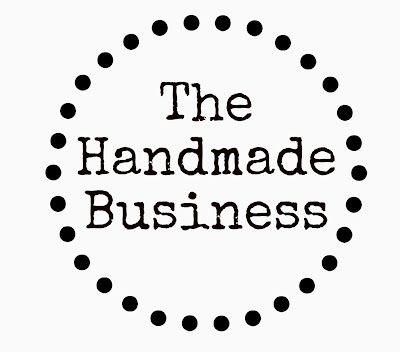
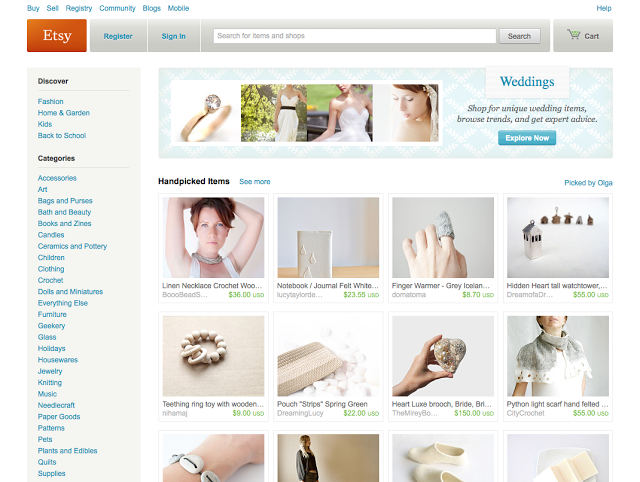
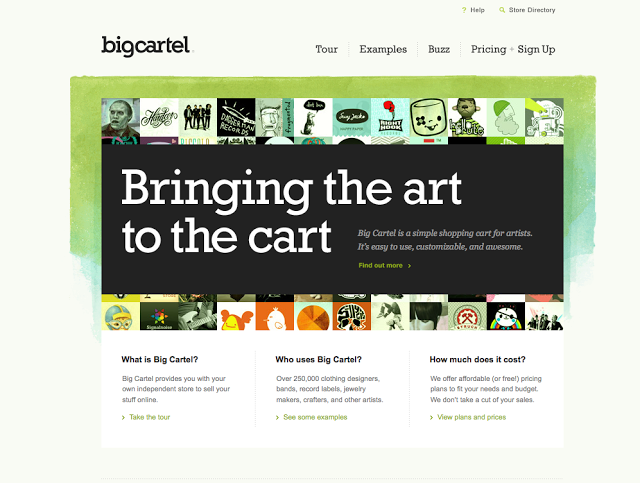
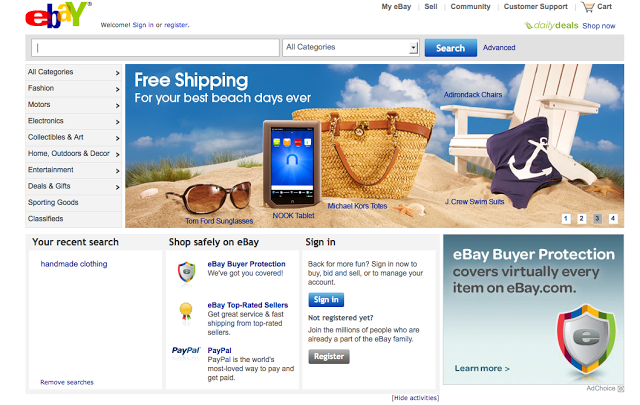




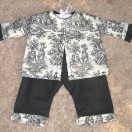
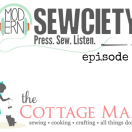
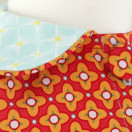
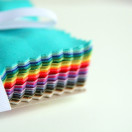
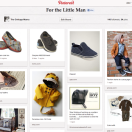
 Lindsay Wilkes is the owner and designer behind The Cottage Mama. She creates timeless, vintage inspired sewing patterns for children’s clothes. She is also a fabric designer for Riley Black Designers / Penny Rose Fabrics, author of the book ‘Sew Classic Clothes for Girls’ and can be seen teaching nationwide and online in her video series ‘Lessons with Lindsay’ sponsored by Baby Lock Sewing and Embroidery machines.
Lindsay Wilkes is the owner and designer behind The Cottage Mama. She creates timeless, vintage inspired sewing patterns for children’s clothes. She is also a fabric designer for Riley Black Designers / Penny Rose Fabrics, author of the book ‘Sew Classic Clothes for Girls’ and can be seen teaching nationwide and online in her video series ‘Lessons with Lindsay’ sponsored by Baby Lock Sewing and Embroidery machines.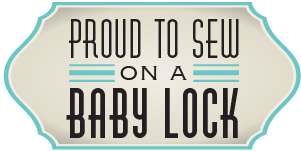




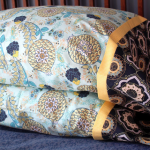
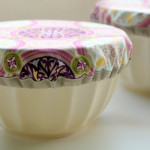
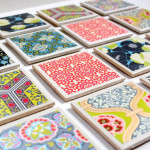
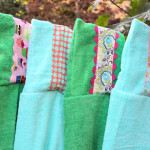





Lindsay, that is great. Thank you and I will share with the Hoarder groups. It’s a question that comes up frequently AND how to price items. Now, if you would just write a handbook on how to draft your own patterns…….LOL. Thanks for this article today! :Deb
this is a fantastic post! full of great info. i do have an etsy shop, and i sell at markets as well but i always like reading up on other avenues and options. thanks so much for sharing! xo
this is a very well thought out and put together post Lindsay. So very helpful to so many people. Thank you so much for putting in the hard work to write it, and share with all of us. This will help not only me, but so many people out there looking to break into the market! You are so kind to share your knowledge!
very interesting, thanks for the information !
greetings
Barbara
Thank you, Lindsay. I’ve tried to run the numbers in the past to figure out how anyone could really make a decent income in this business. Even at $20 profit per piece, it would take 500 pieces sold to make $10,000, and one person could never crank out that many pieces. Of if they did, they probably wouldn’t be having much fun. So, the question becomes, “What does your business have to look like (size of customer base, employees who can generate the volume of pieces, etc.) for this to be worth all the time you’ll invest? If you think you can truly make it big, that’s awesome. Otherwise you should be prepared to just be in it for the love of it and not the money.
Well I just loved the collection of these items being showcased they just seem to be quite fascinating and also much impressing, would surely love to own them at some time.
I do appreciate and honor for this chain of collection an amazing shopping store.
Thank you, Lindsay! I need to “get brave” and hit the craft shows. What if no one wants anything? Just kidding – I know I need to conquer these fears.
Great article!
Trish
What a wonderful article! Thank you so much for all your help with this subject; so selfless of you! I enjoy reading about your personal journey into the handmade business as well. You answered a lot of questions I had concerning websites, stores and Etsy! Thank you!!
I tried to open an ETSY shop this weekend. Typed in the name I wanted to use and was told it wasn’t available. I searched for the name and was told there was no shop using that name. I emailed ETSY and was told the name I wanted wasn’t available. I can’t change the name of my business for practical, (and sentimental), reasons so……ETSY is out for me. For now I’m sticking to Facebook and word of mouth but may go the website route, if/when, the time comes.
Thank you! You answered some of the many questions that are running though my mind! I’ve really enjoyed your Handmade Business posts.
I did not know where to start to sell at fairs. Thanks for the info!
Thanks so much for this information, Lindsay! I’ve been on Etsy for awhile and it is a growing process. I’m doing a craft/trunk show in August, so I’m busy prepping for that & hoping it goes well! If not at least people will have some of my info! 🙂 I love your business posts & thank you for sharing your knowledge! You’re the best! Thanks girl!
Good information. I have a retail store, and I sell on Etsy. The listing, commission and PayPal fees are well worth the cost, at 7%. I do not have to handle credit cards, staff the store, pay utilities, display, clean, buy insurance on the items I sell on Etsy,
and the money is in my account before I have to send the item. Also, the bookkeeping is handled through Etsy. I make one of a kind weavings, small production, and it’s easy to display and sell even one or two pieces. From my point of view, though I love to storekeep and visit with real customers at my real farm store, the Etsy store is the bargain
Excellent post, thanks for taking the time to get as much information about it…….. bsc fashion design in chennai